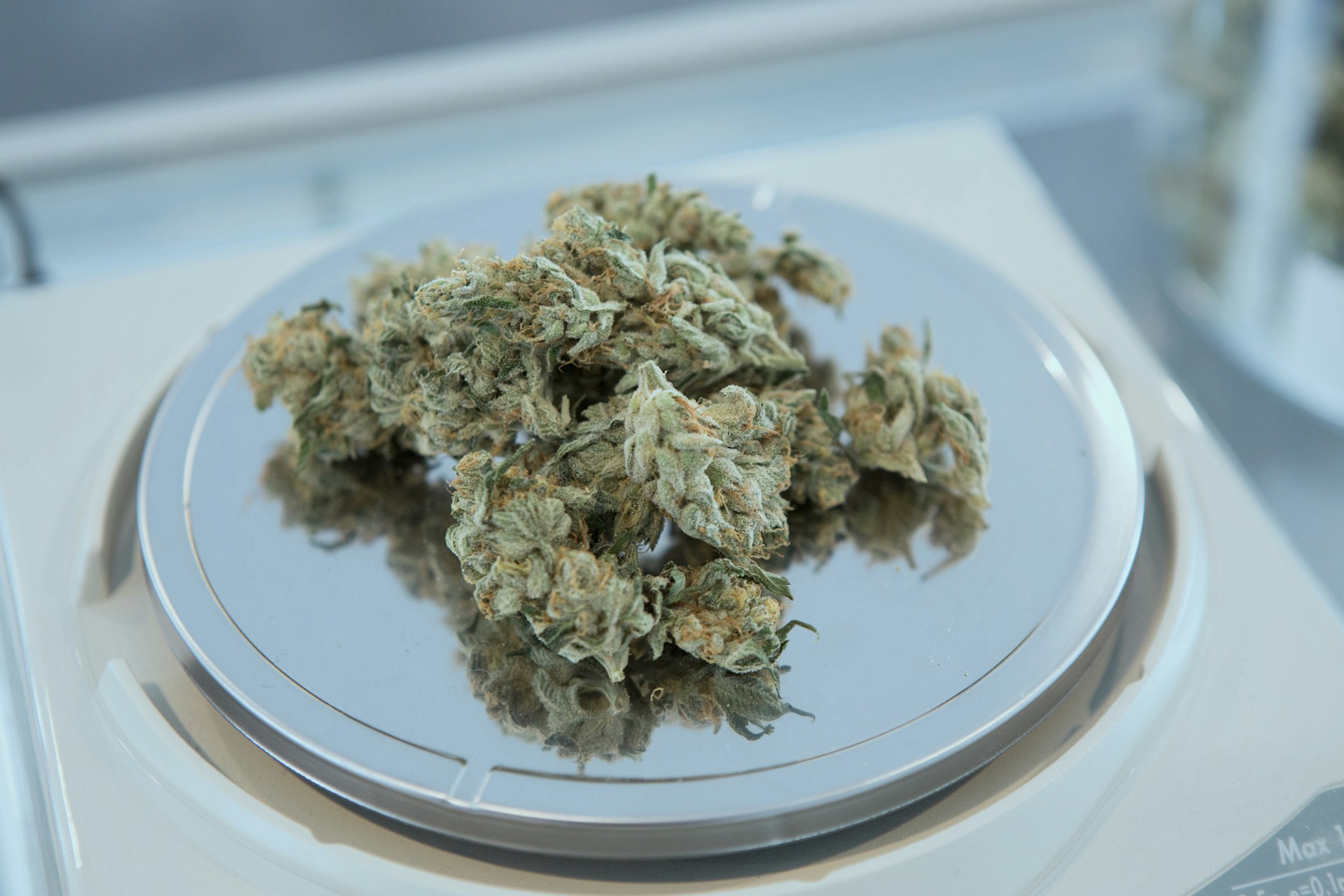
In recent years, the practice of microdosing has gained significant traction among cannabis consumers. Thanks to its focus on low-dose wellness, microdosing offers users an innovative approach to enjoying the therapeutic benefits of cannabis without the risk of overwhelming or uncomfortable experiences. As the cannabis industry continues to evolve and diversify, intent-driven consumers seek to explore new ways of incorporating this incredible plant into their lives for optimized wellness and enhanced well-being.
At 406 Essence, we pride ourselves on providing our clients with the knowledge and resources they need to make informed choices about their cannabis consumption. Regardless of your experience level or therapeutic needs, this in-depth guide will offer valuable insights and practical tips to help you navigate the art of microdosing cannabis with confidence. Join 406 Essence as we explore this revolutionary approach to cannabis consumption and learn how microdosing can enhance your well-being and elevate your overall experience with this remarkable plant.
Understanding Microdosing
Microdosing refers to the practice of consuming small, precise doses of cannabinoids, such as THC and CBD, primarily for therapeutic purposes. These doses are typically too minimal to produce psychoactive effects commonly associated with cannabis consumption. Instead, they are carefully calibrated to elicit subtle, yet noticeable improvements in mood, focus, and overall well-being.
Microdosing is popular among medical marijuana patients and wellness enthusiasts seeking to harness the healing properties of cannabis without the risk of overconsumption or experiencing an intense “high.” By focusing on low-dose intake, users can enjoy the therapeutic benefits of cannabis while maintaining control over their experience, making microdosing an attractive option for beginners, cautious consumers, and seasoned users alike.
Determining Your Optimal Dosage
Finding the right dosage for microdosing depends on various factors, such as individual tolerance, body weight, and the desired outcome. Generally, a microdose ranges from 1-5 milligrams of THC or CBD. It’s essential to start with the lowest dose and gradually increase until you find the perfect balance that provides the desired effects without inducing psychoactivity.
To track your progress and refine your dosage, keeping a journal is recommended, noting your dosages and the resulting effects. Don’t be discouraged if it takes some trial and error to determine your optimal dosage; this is a normal part of the process. Additionally, it’s essential to consider the method of consumption, as different forms of cannabis can affect the body differently.
Exploring Different Consumption Methods
Various consumption methods can be employed for microdosing cannabis, offering users flexibility in their approach and addressing specific preferences. Let’s discuss four common methods:
- Tinctures: Tinctures provide a discreet and easy-to-use option for microdosing. By administering the liquid sublingually (under the tongue), users can quickly absorb cannabinoids into the bloodstream and enjoy consistent dosing with the help of a dropper. Tinctures are ideal for those seeking precise control over their dosage and a smoke-free experience.
- Edibles: For users who prefer oral ingestion, low-dose edibles such as infused gummies, chocolates, or capsules offer a simple and delicious way to microdose. Keep an eye on the labels for accurate dosing information, and remember that the onset of effects may take longer (1-2 hours) since the edibles must pass through the digestive system.
- Vaporization: Vaping is another popular method of microdosing cannabis because it allows users to control their dosage by taking small inhalations. With the rapid onset of effects (usually within minutes), users can quickly assess their response and adjust as needed. Vaping also avoids the health risks associated with smoking.
- Topicals: Though not commonly associated with microdosing, topical creams, balms, and lotions infused with low-dose cannabinoids can provide localized relief for pain, inflammation, or skin conditions without producing psychoactive effects.
Strategies for Successful Microdosing
When starting your microdosing journey, consider implementing these strategies to ensure the best possible outcome:
- Start Low and Slow: Begin with the lowest recommended dosage, and gradually increase as needed. This allows you to assess your response and determine the optimal dosage for your unique needs.
- Establish a Routine: Consistency is crucial for microdosing success. Establish a routine by consuming your microdose at regular intervals, typically 2-3 times per day, depending on your desired results.
- Monitor and Adjust: Keep a journal of your dosages, experiences, and responses to help you fine-tune your routine and track your progress. Be patient and attentive to your body’s signals.
- Consult a Professional: If you’re unsure about microdosing or have specific health concerns, consult a healthcare professional or an experienced dispensary staff member for guidance and recommendations.
Conclusion
Microdosing has emerged as an innovative approach to cannabis consumption, offering users the opportunity to enjoy the therapeutic benefits of cannabinoids while maintaining control over their experience. Through careful calibration and consistent dosing, microdosing can provide a path to improved well-being, mood, and focus for a diverse range of users, from cautious beginners to experienced enthusiasts.
At 406 Essence, we are dedicated to empowering our clients with the knowledge and resources they need to confidently explore their unique cannabis journey. Embrace the possibilities and harness the power of low-dose cannabis to elevate your overall well-being and transform your relationship with this remarkable plant. Check out our cannabis dispensary in Billings, Montana, today!

